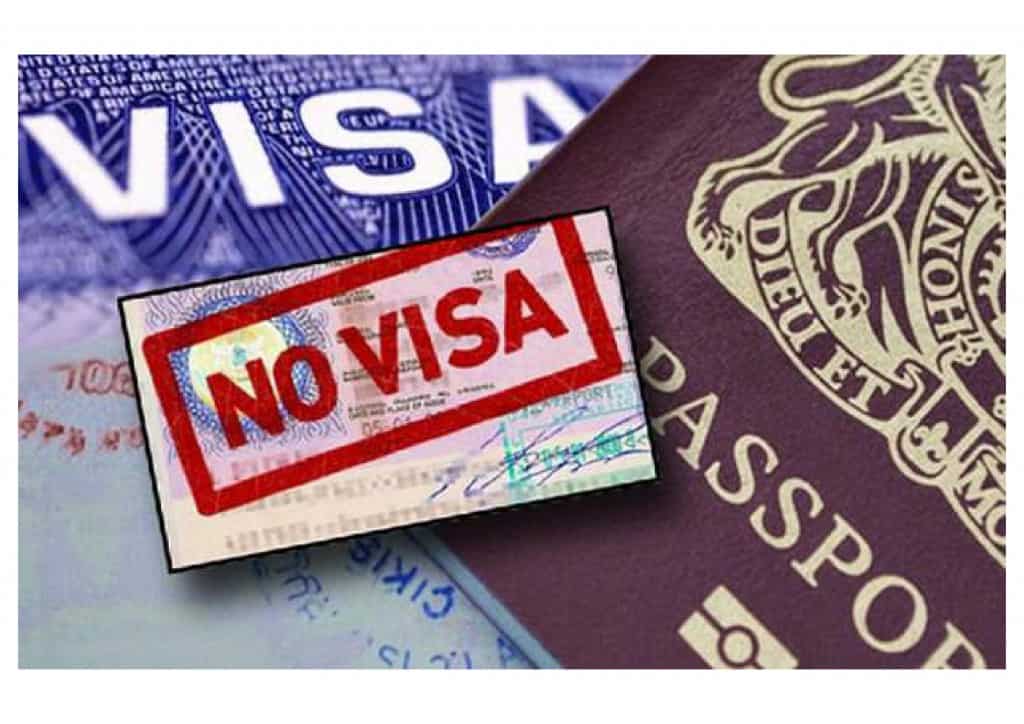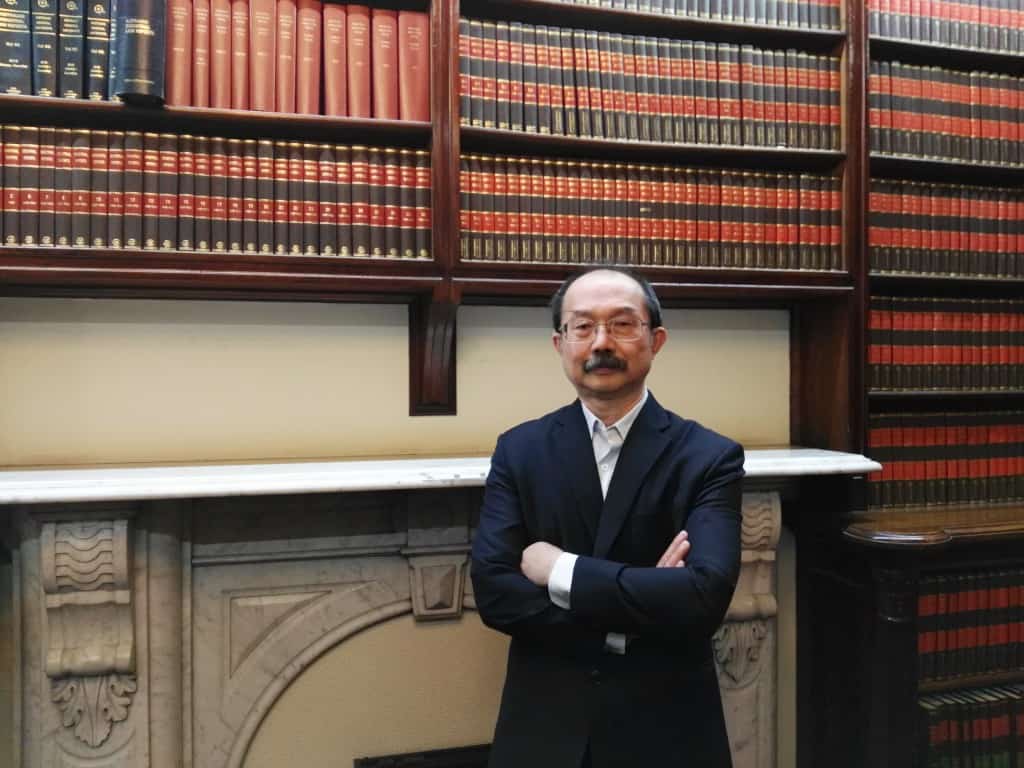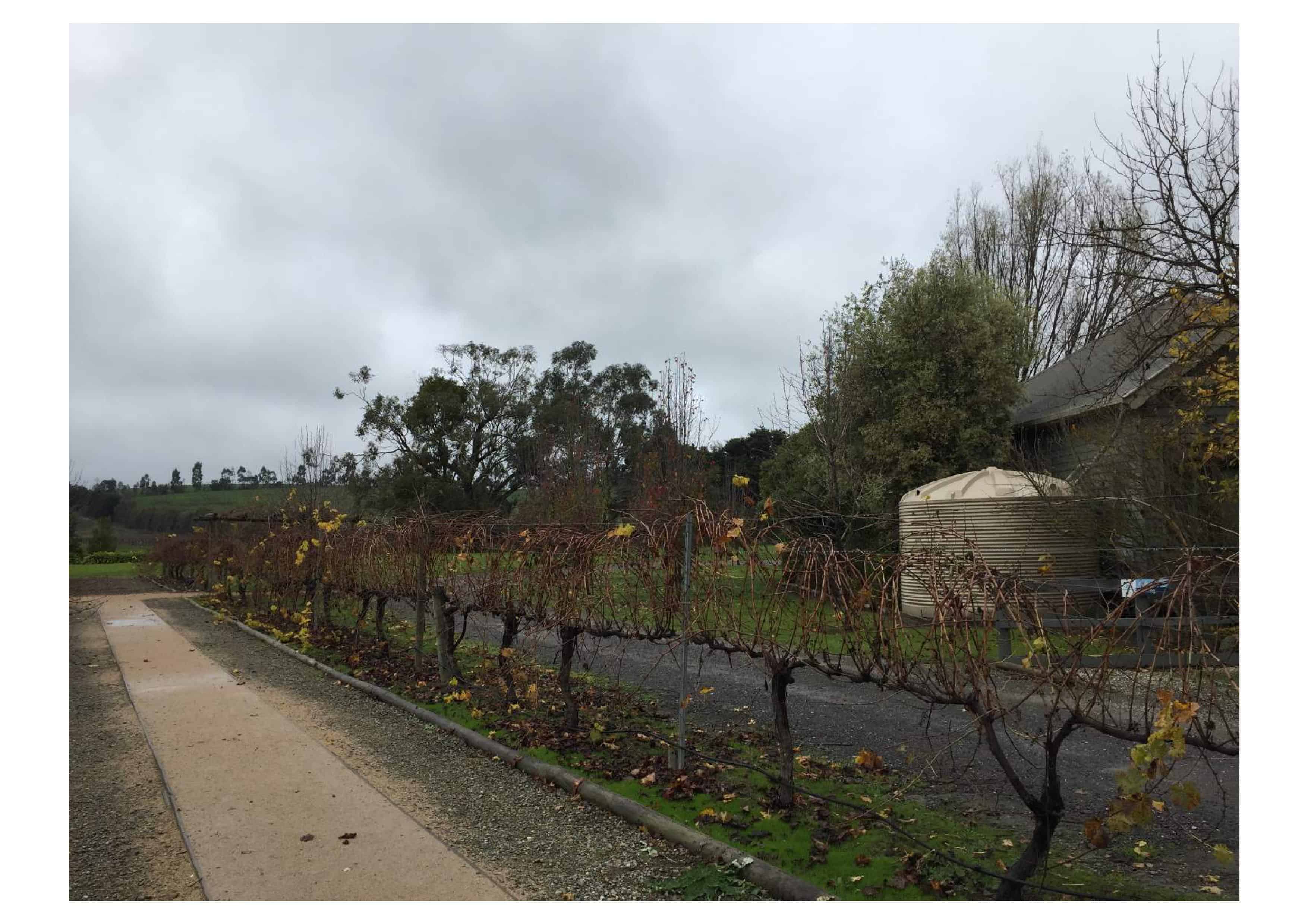
Regaining Australian PR by former permanent residents may be possible by applying for a subclass 159 visa, Subclass 159 visa is for eligible Norfolk Island or NI (click here to learn more) and former permanent residents who departed Australia without checking their visa status.
As a general rule, only Australian citizens have an automatic right to enter Australia. Permanent residents do not have an automatic right to return to Australia.
As a permanent resident, before you leave Australia you must always check to make sure you have a valid permanent visa (click here to learn more about RRV 155) for you to return if you wish to leave and return as a permanent resident.
If your permanent visa has ceased when you depart Australia and you cannot provide evidence that you was an Australian permanent resident, it is still possible for regaining your Australian PR by applying for a former PR subclass 159 visa if there is an urgent and compelling reasons for wanting to travel to Australia before being able to prove you are a former PR. Regaining Australian PR is only possible if you are outside Australia.
You should be aware that by regaining Australian PR, the subclass 159 visa has the following aspects for the grant of this visa:
- subclass 159 visa will cause any other visa, including RRV 155 held (s. 82(2));
- subclass 159 visa is only a single entry and valid for 3 months;
- You will be required to apply for a RRV 155 or 157 (click here to learn more about subclass 157 visa) in Australia after returning;
- While holding a subclass 159 visa, you may not be eligible for government payments and services;
- Holding a subclass 159 visa may adversely affect your future applications for Australian citizenship (click here to learn more about General Residence requirement); and
- As a subclass 159 visa is valid for 3 months, failing to apply for a visa within the 3 months validity will cause you to become an unlawful non-citizen.
If you previously held a Business Skills visa, such as subclass 132 or subclass 188 or subclass 888 or subclass 160 – 165, that was cancelled or subject to cancellation, you will not be able to apply for a subclass 159 visa. If you are a holder of 1 of these visa and have been granted a subclass 155 or subclass 157 or subclass 159 on the same business visa grounds, you will not be able to make a valid application for a subclass 159 visa. In addition, you did not leave Australia while subject to a deportation order or your visa was cancelled under s. 501 (you must satisfy SRC 5001 or SRC 5002). This rule applies to all secondary visa holders.
Regaining Australian PR, you must satisfy a number of at the “time of application” criteria:
- You cannot satisfy the Department that before leaving Australia, you were an Australian PR who was usually resident in Australia. Generally, this occurs when your arrived in Australia before electronic records existed and left Australia (between 1 March 1976 and 31 December 1986; holder of an Authority to Return or Return Endorsement) after electronic movement records existed (cl. 159.211). You can also provide evidence of your Australian employment details, drivers licence, Medicare and credit cards.
- You are eligible for a subclass 155 or subclass 157 (cl. 159.212);
- You are not an Australian citizen as Australian citizens cannot make a valid visa application under s. 45(1) (cl. 159.212A).
- You must provide a written statement that you have an urgent and compelling reasons for wanting to travel to Australia before your Australian PR can be proved, your entry to Australia will not prejudice Australia’s interests and there are reasonable grounds for you to prove that you were a former Australian PR (cl. 159.213). Urgent and compelling reasons is not defined, some examples may be, you booked a return flight but has lost your travel documents which contained evidence of your Australian PR or you have an important work appointment or serious family circumstances in Australia.
If your attempt at regaining Australian PR is refused, you may be able to apply to the AAT for a merits review. Whether you have the merits review rights will depend on where you falls within s. 338(6) – you have a parent or partner or child or sibling who is an Australian citizen or an Australian PR (s. 338(6)(c)). If s. 338(6) applies, only your Australian PR or Australian citizen relative will have a right to seek merits review on your behalf regardless of their place of residence (s. 347(2)(c)) and your location at the time your relative lodge the review application is irrelevant.
Australian migration law is complex and difficult to understand, contact our immigration lawyer for a detailed consultation (fee applies) or click here to find other Australian visas.

 041 222 4020 or WeChat: AUDvisa
041 222 4020 or WeChat: AUDvisa
This article is not intended to be or taken as migration legal advice. The author of this article disclaims any liability for any action or omission on the information provided or not provided in this article. You should always consult an immigration lawyer or a registered migration agent to form an informed opinion on your immigration matter.



